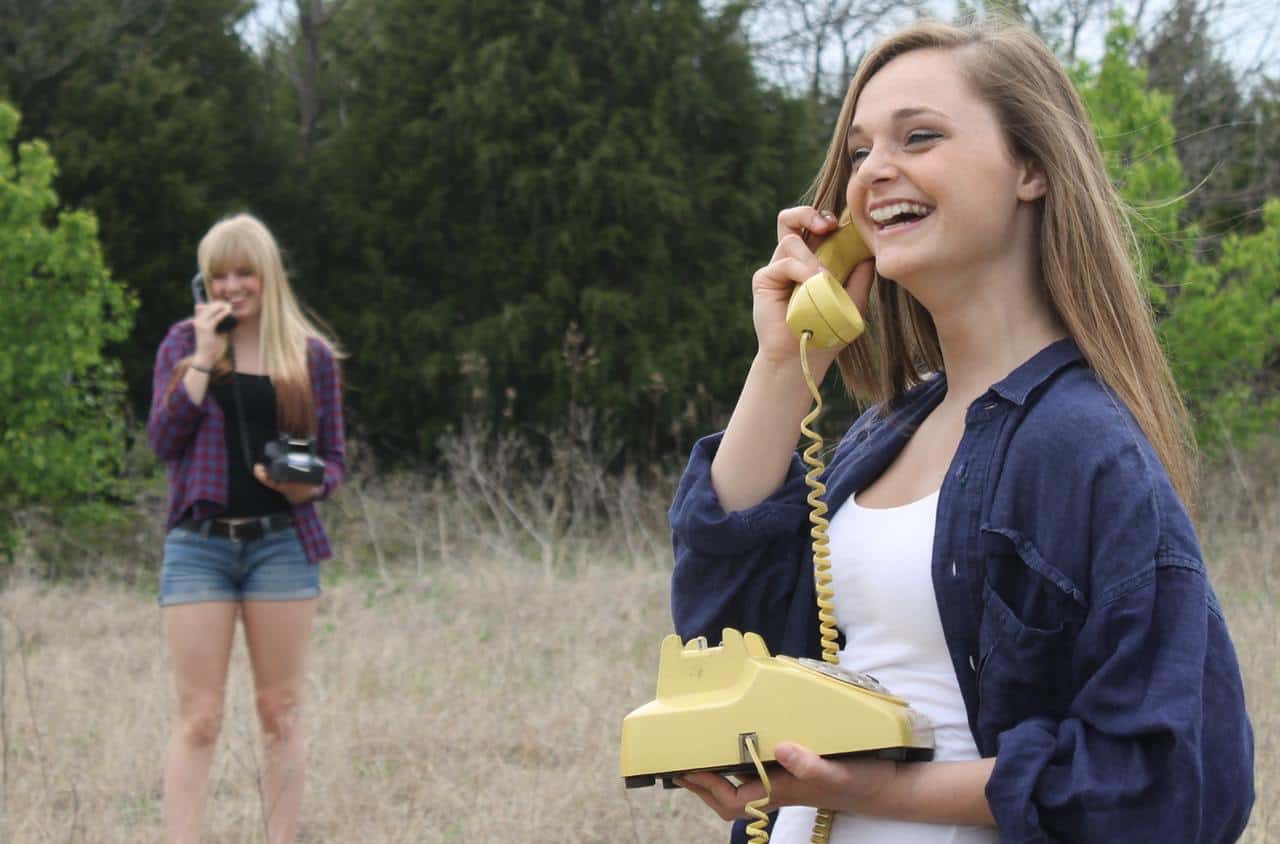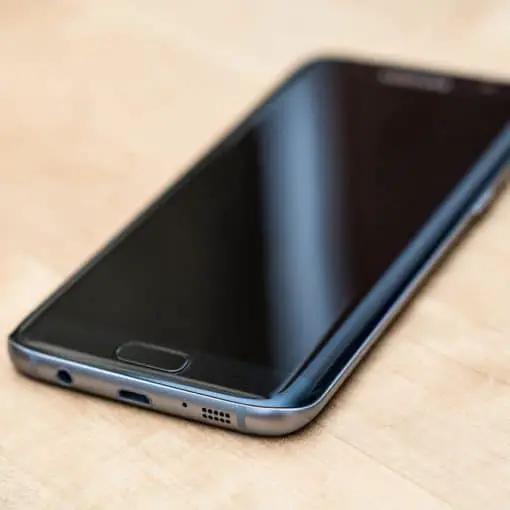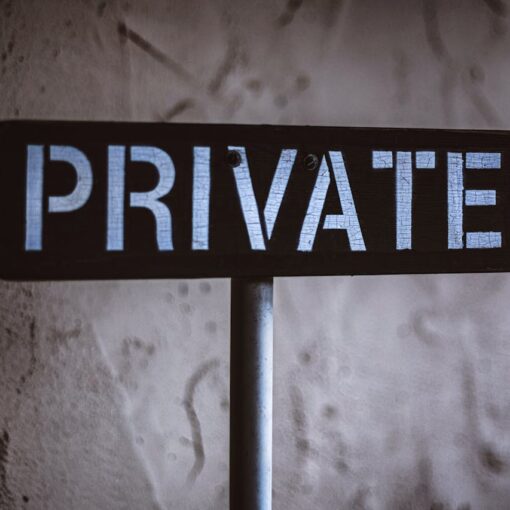It’s a common conception among some that using amateur radio is exactly the same as using a walkie-talkie. It’s another common conception that they aren’t able to be used together. Even more often, ham radio is lumped in with walkie-talkies and CB radios as one entity. How true is any of that? Are they all one and the same, or is getting one missing out on the other? People seem to have differing opinions on the matter. The ever-present rivalry between the ham radio and CB communities can get in the way of professional opinions, and CB users usually take the side of the walkie-talkies, if poor walkie-talkies are brought into the conversation at all.
While all similar, a ham radio is different from a walkie-talkie in that walkie-talkies are two-way communicators. Could a ham radio be connected to a walkie-talkie? All radios use the same airwaves, so in theory, a ham radio should be able to connect to a walkie-talkie. But it’s the same principle as a ham radio and a CB radio, illegal for ham radio to connect with walkie-talkies because of the imbalance in power level. Using a ham radio instead of a walkie-talkie, however, is very possible.
Walkie-talkies are very similar to CB in that they operate on a low level of power. While it is true that a handheld ham radio would only generate about 5 watts, other stationary ham radios can go as high as 1500w. That would cause severe interference on a low-level walkie-talkie, so the blanket rule is that amateur radio can only connect with other amateur radios, and not to other types of communication. But let’s take a step back and define ‘walkie-talkie.’ It’s not a separate branding. A walkie-talkie is any kind of portable two-way radio communication. A handheld pair of CB radios could be classified as walkie-talkies. So could a pair of handheld ham radios.
The Recommended Brands
For the most part, all two-way radios sold as walkie-talkies operate using the same system, the Family Radio Service, shortened to FRS. The FRS, like CB, doesn’t require any licensing. This system is why walkie-talkies are so popular among children and families, hence the name. So, even though you have two separate brands of walkie-talkies, the idea is that you could still use them to communicate with one another. Moreover, crosstalk rarely comes up as an issue since two-way radios, walkie-talkies are sold in pairs. When it comes to looking for brands, there is a wide variety to choose from, but three tend to constantly end up on various ‘Top 5-10’ lists: Motorola, Midland, and Cobra. Motorola is, of course, recognizable as a now-defunct cell phone brand, but the company actually holds the record of being the first to release a handheld phone. And they still produce content. While their phones may get lost under the wash of Apple and Samsung, their walkie-talkies still rank among the greatest. Midland Radio is much more specialized to the area and is a go-to for all radio enthusiasts, for both popularity and quality. Cobra, meanwhile, is a new brand that popped up as a subsidiary of Altis Technology Ltd. Since its introduction, it has been making waves in the two-way radio community.
Differences between Classic Walkie-Talkies and Ham Radios
The two big differences between what we think of as walkie-talkies and what we think of a ham radio are their size, and their available connection. A walkie-talkie’s main feature is that it is mobile and handheld. Amateur radio setups can vary in size, with some rigs taking up the entire space of a small room and multiple antennae on the roof, and some being no bigger than a typical handheld. And whereas walkie-talkies are two-way, ham radio can connect to other operators all over the globe. So a walkie-talkie can’t be a ham radio, but a ham radio can be a walkie-talkie.
Drawbacks to Walkie-Talkie Use
Walkie-talkies are limited to the FRS, and to their single connection. They are good for two people keeping in touch over a distance where there isn’t good cell reception. But they aren’t made for exploring the airwaves. If you were trapped and needed to call for help, your walkie-talkie would be near useless. A ham radio is already the recommended choice for emergency situations. When it comes to choosing between a ham radio and a walkie-talkie, much like the CB radio conundrum, it just comes down to what you want to use your radio for. If you want to walk long distances out of range from cell towers with friends, a walkie-talkie might be the right choice for you. Elsewise, the amateur radio is the recommended course of action.
Connecting Ham to Walkie-Talkies
As is always the case with amateur radio, if you are in an
emergency, the ban against other kinds of communication is often lifted. Hams
would then allow you to connect with anyone you can reach so you can get help,
which includes connecting to a nearby walkie-talkie. Although this isn’t the
first one to try, if you are desperately trying to connect to anyone, there’s
no holds barred. The FRS channels are found in the UHF (Ultra High Frequency)
bands, between 462 and 467 MHz. The first thing to do when connecting to
someone else in the case of an emergency is to identify yourself by your call
sign, and immediately follow it with “Break” or “Break Emergency.” If the
person on the other end doesn’t speak the lingo, feel free to break down and
just tell them your situation and what you need, if they need to call 911, etc.
Related Questions
Why is connection illegal?
Ham radio is not allowed to connect to anything outside of ham radio, except in the case of an emergency, for a number of reasons. One is the difference in power level previously discussed. While low powered ham radio connecting with another low powered walkie-talkie might not cause much of a problem, there’s no way of regulating just what kind of ham radio somebody has and whether or not that exempts them from the rules, and so the rules apply to all. That leads to the second main reason, which is just about regulation. Ham radio operators are licensed, whereas other forms of radio aren’t. While this doesn’t mean ham radio is better or worse than other kinds of radio, it does set it apart. There’s a certain level of responsibility that comes with being a ham radio operator to keep the airwaves clean for those who don’t have licenses or access to as wide a range.
Is a walkie-talkie a better option?
Like with most things, it depends on what you want out of your radio experience. Two-way radios are usually cheaper, you don’t need to obtain a license to use them, it’s easier to learn the mechanics, and you can take them just about anywhere. On the other hand, ham radio is a worldwide organization that has clubs and has farther reach across the bands than any other radio system. So while some prefer to stick to walkie-talkies, a radio enthusiast is likely going to end up investing in both. If you still aren’t sure about deciding, think about what you really want to use it for. If you are just looking to keep back and forth contact with another person, then start with a walkie-talkie. For any other interest in radio, turn to the amateur community. Getting yourself a walkie-talkie as a handheld on top of a stationary radio isn’t an overlarge expense and you’ll end up with the best of both worlds.
What are my other options?
Apart from ham and walkie-talkie, the only other option is a CB radio, which is just about the same thing as a walkie-talkie anyway—it just uses different frequencies.





